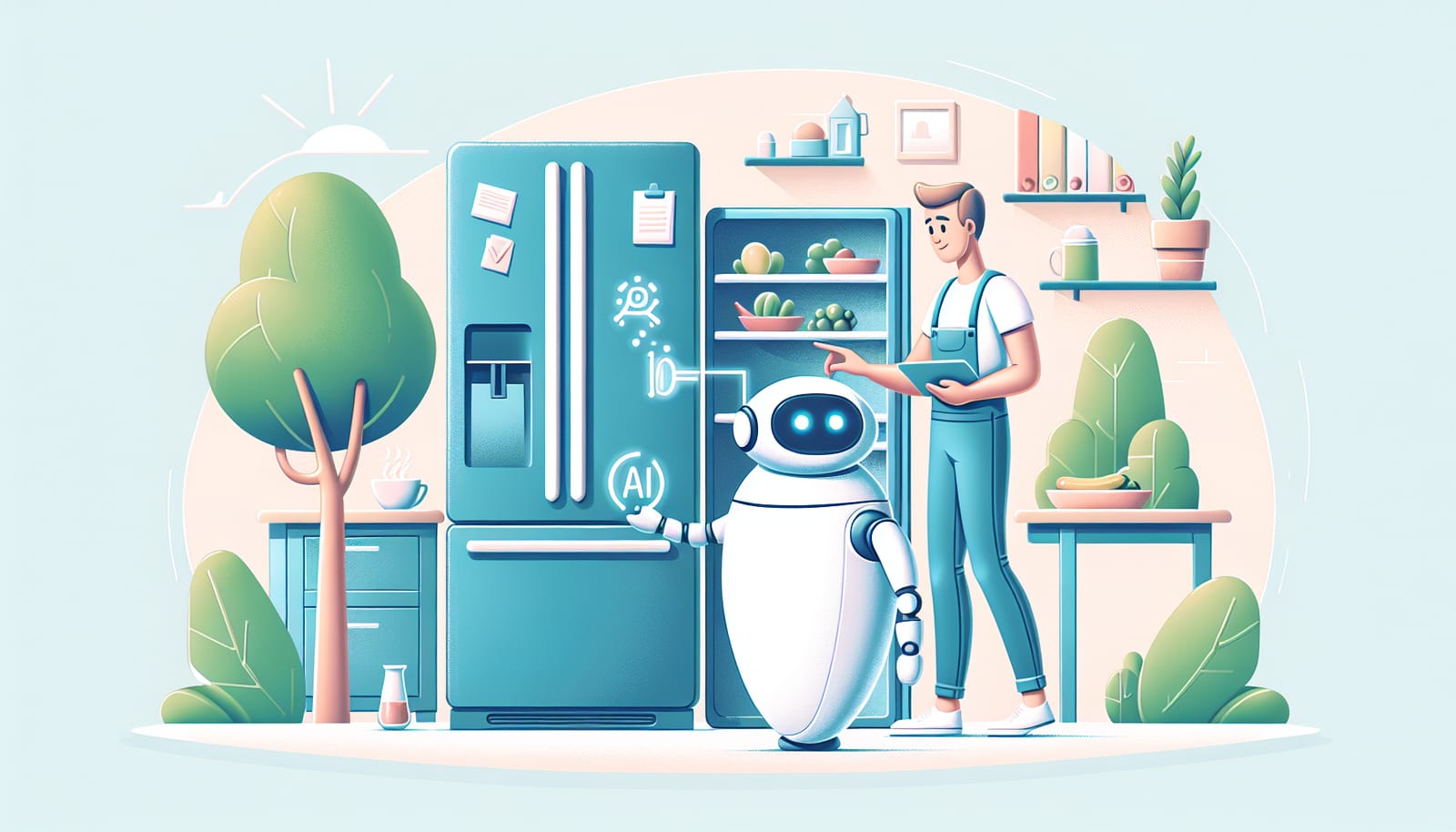In recent years, artificial intelligence (AI) has surged into the spotlight, captivating audiences with its ability to create art, write stories, and even compose music. At first glance, it seems as if AI has developed a creative spark, but the reality is a bit more nuanced. This article aims to peel back the layers and explore why AI isn't as creative as it appears.
Understanding Creativity
Before diving into the world of AI, let's first understand what creativity really is. Creativity is often described as the ability to produce original ideas or concepts. It involves imagination, emotional depth, and often a personal touch that resonates with others. Think of a painter pouring their heart into a canvas, or a musician crafting a melody that evokes memories. This type of creativity is deeply human and often tied to our experiences, emotions, and cultural backgrounds.
Now, how does this compare to AI? While AI can certainly generate outputs that mimic creativity, it lacks the fundamental human experiences and emotions that inform true creativity. AI does not have feelings, beliefs, or consciousness. Instead, it processes data and identifies patterns.
The Mechanics of AI
To understand why AI might not be as creative as it seems, it's essential to know how it works. At its core, AI relies on algorithms—sets of rules or instructions that help it make decisions. Machine learning, a branch of AI, teaches computers to learn from data. For example, an AI trained to generate music is fed thousands of songs. It analyzes patterns in melody, rhythm, and lyrics to create new compositions.
However, this process is fundamentally different from human creativity. While an artist might draw on personal experiences, emotions, or cultural influences, AI simply recombines existing elements based on statistical likelihood. It doesn’t "feel" or "experience" anything; it merely replicates what it has learned.
The Illusion of Creativity
So, if AI-generated artworks look impressive, why do we perceive them as creative? The answer lies in how we interpret AI outputs. When we see a painting created by an AI, we might admire the colors, shapes, and techniques used. However, the AI itself does not have an intention or a message; it is merely a tool that mimics styles and techniques based on its training data.
This can create an illusion of creativity, leading us to believe that AI possesses a unique artistic vision. Yet, it’s crucial to remember that the AI is not making choices based on personal experiences or emotions; it’s simply following learned patterns.
The Limits of AI Creativity
While AI can produce art, music, and writing, there are limitations to its creativity. Here are a few key points to consider:
Lack of Emotional Depth: As mentioned earlier, AI does not have emotions. It cannot draw upon personal experiences to create something genuinely meaningful. Its outputs lack the emotional resonance that often characterizes human-created art.
Repetition and Predictability: AI often relies on existing data, which can lead to repetitive outputs. If it has only learned from a limited dataset, its creations may lack originality and feel formulaic.
No Contextual Understanding: AI does not understand the context in which it creates. It cannot grasp cultural nuances or the significance of certain symbols, which can make its art less impactful.
The Role of Human Creativity
Despite AI's growing capabilities, human creativity remains unmatched. Humans have the ability to think critically, draw from a wealth of experiences, and express emotions in ways that resonate deeply with others. We can create art that reflects our struggles, joys, and unique perspectives, making it profoundly relatable.
Moreover, human creativity is often collaborative. Artists, musicians, and writers frequently draw inspiration from one another, leading to new genres and movements. This collaborative spirit is something AI cannot replicate, as it operates in isolation based on the data it has been trained on.
AI as a Tool, Not a Replacement
It’s essential to view AI as a tool rather than a replacement for human creativity. While AI can assist in generating ideas, it is ultimately humans who infuse those ideas with meaning, context, and emotional depth. For example, an author might use AI to brainstorm character names or plot twists, but the narrative's heart and soul will always come from the author’s imagination.
AI can also democratize creativity by making tools available to people who may not have traditional artistic skills. With AI-generated art and music, anyone can explore their creative side without the need for years of training.
The Future of AI and Creativity
As technology continues to evolve, so will the relationship between AI and human creativity. We are likely to see more sophisticated tools that can assist creators, making the creative process more accessible to everyone. This could lead to exciting collaborations between humans and machines, where each complements the other’s strengths.
Imagine a world where a musician uses AI to generate backing tracks, allowing them to focus on songwriting and performance. Or a filmmaker who employs AI to create storyboards, leaving them free to develop their unique vision. The possibilities are endless!
In conclusion, while AI may seem creative at first glance, it lacks the emotional depth, contextual understanding, and originality that characterize true creativity. It serves as a tool that can assist and inspire, but it cannot replace the unique human touch that brings art to life. By understanding the limitations of AI, we can appreciate its role in the creative process while celebrating the rich tapestry of human creativity that continues to shape our world.
As we venture into the future, let’s embrace the collaboration between human ingenuity and AI innovation, ensuring that creativity remains a vibrant and dynamic force for all.


